cultură şi spiritualitate
 http://cdn.retours.eu/nl/34-Gara-Centrale-Bucuresti/image/gara-cent... 1100w" sizes="100vw" />
http://cdn.retours.eu/nl/34-Gara-Centrale-Bucuresti/image/gara-cent... 1100w" sizes="100vw" />
From 1883 the Orient Express connected Western Europe to the Romanian capital of Bucharest. The city did not yet have an appealing, centrally located railway station; instead the Gara de Nord (North Station) of 1872 served as a terminus.
In 1894 French architect Alexandre Marcel won a design contest for a new central railway station.
His spectacular design was never realized, though. A 1911 plan by the Romanian architect Victor Stefanescu came to nothing either.
The North Station was extended step by step and modernized in the 1930s. Bucharest never got a real central station.
Gara de Nord
In 1872 the Târgoviştei station opened on the northern edge of Bucharest, soon to be called Gara de Nord. It was the city's second railway station, intended to serve the new Galaţi-Bucharest-Craiova connection. Railway and station were constructed by the German Stroussberg consortium and acquired by the Romanian Railways CFR in 1880.
Initially the station had through tracks, but it was transformed into a terminus with L-shaped buildings in 1878. In its early years the station was located in an open area, but towards the end of the 19th century many buildings arose in its neighbourhood.
Carol I
In 1868 the station's foundation stone ceremony was attended by Prince Carol I. After the Russo-Turkish War he became the sovereign king of Romania, which used to be an Ottoman vassal state. Carol set great store in the railways and encouraged their development. In 1896 a royal waiting room was added to the North Station.
Orient Express
In 1883 the first Orient Express arrived at the Gara de Nord. Bucharest was on the temporary itinerary from Paris to Constantinople. The last stage by steamer across the Black Sea. When the railway line across the Balkans was ready five years later, Romania became a 'side-branch' serviced by the Orient Express once a week.
From 1900 onwards the Orient-Express ran twice a week via Bucharest to Constanța, where passengers could continue by boat to Constantinople. On other days it ran through the Balkans to Constantinople. The sea route via Romania took a day longer than the land route, but was less expensive.
Royal couple
In 1883 the guests of the inaugural Orient Express were invited to the royal country estate at Sinaia by Carol I and is wife Elisabeth, also known as the author Carmen Sylva. The erudite royal couple welcomed the foreign delegation with open arms. The direct connection to Paris was of great importance to the young kingdom.
Plans
Due to the increasing passenger traffic and the arrival of international trains such as the Orient Express, a larger, centrally located station was first planned around 1890. The envisaged location was one kilometer south of the Gara de Nord along the river Dâmbovița, at the end of the current Strada Ştirbei Vodă.
This open area was the most feasible location for the extension of the railway line, but it was not much better located relative to the central Calea Victoriei street. In 1893 an international design competition was held for the new station with a prize of 10,000 lei.
Budget
The submitted designs had to meet several requirements: the station should have 12 tracks and brick facades with stone ornaments. A budget of around 20 million lei was estimated.
Alexandre Marcel
In 1894 the French architect Alexandre Marcel won the design competition for the new central station. Marcel cooperated with the Swiss Louis Blanc, who had studied in Paris but worked in Romania. They designed an enormous station concourse with three imposing domes of glass and steel.
Murals were to show the world map and the cities of London, Paris, Rome, Munich and Vienna. In the end the winning design was not executed because of high costs and difficulties with the expropriation of land. As a temporary solution the North Station was expanded with a ticket hall perpendicular to the old building.
Orientalism
Architect Alexandre Marcel (1860-1928) would later become known for his exotic, orientalist architecture, such as the Japanese tower at the Palace of Laeken and various 'oriental' buildings in the district of Heliopolis in Cairo.
Victor Ștefănescu
In 1911, when the North Station became congested again, the Romanian architect Victor Ştefănescu created a new design for a central station. Ştefănescu worked in a national revival style, referring to Brâncoveanu, but was also influenced by Art Nouveau.
Stefănescu designed an impressive station façade with a tower between two concourses. The design is reminiscent of two other major stations that were conceived in the same period, but were built only later: the Helsinki railway station by Eliel Saarinen and the Milan central station by Ulisse Stacchini.
Museum and mosque
Ștefănescu previously designed the Geological Museum and the Palace of Arts in Bucharest. In the same period as the Central Station he conceived the Grand Mosqueof Constanța.
Unexecuted
On a 1911 city map, a street and a square at the planned location were already named after the Central Station, but eventually Ştefănescu's design was not executed either — perhaps because of the outbreak of World War I.
After the war the North Station was extended again. On the corner of Calea Grivitei the Sfânta Vineri Church, built in 1854, was demolished; an expansion was built in a rather outdated eclectic style. The number of tracks was also expanded to 10.
Unfinished
The site where the Central Station was planned became a horse track instead. After World War II the Romanian Opera was built at this location. Later on Nicolae Ceauşescu chose the same area for an enormous museum of the Communist Party, which remains unfinished today.
Modernization
Around 1930 the plan for a new station was finally abandoned and it was decided to modernize the Gara de Nord. This work was assigned to Victor Ştefănescu, who had designed a central station 20 years earlier. Meanwhile his style had become more linear; a mixture of Neoclassicism and Art Deco.
On the short side of the station he added a monumental colonnade. In an attempt to unify the various parts of the building he stripped the tops of the two original 1872 towers and modernized the old facade. With the completion of these alterations in 1934 the station obtained its current, slightly forbidding appearance.
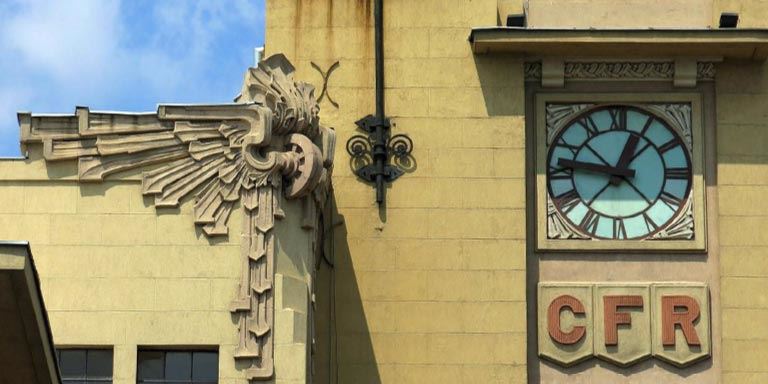
Colonnade
The colonnade allowed for carriages and cars to drop off passengers.
The number of tracks was extended from 10 to 16 and they were linked by a 200-meter long traverse with a steel canopy.
Ştefănescu also added a square tower at the corner and Art Deco decorations.
Post-war
The Gara de Nord largely survived the Allied bombing of Bucharest in 1944. During the communist era the building lost much of its luster. In 1959 the nearby Basarab stationwas opened to take over local train services from the North Station. Ten years later the railway lines were electrified.
After the opening of the Bucharest metro in 1988 the dictatorial leader Ceausescu planned to demolish the North Station in favor of a new station outside the city, connected by metro. His fall in 1989 prevented this. The Gara de Nord is now a listed building that has undergone several refurbishings.
Today
Nowadays some people in Bucharest suggest a new central station once again, this time modelled after the ones in Vienna and Berlin. The recent stations in these capitals, built to replace or unburden the 19th century terminals, have multi-level thoroughfare or intersecting tracks.
Bibliography and sources
Alexandre Marcel, Orientalisme et architecture contemporaine,Paris 1924
Agerpres: Gara de Nord
CFR (via web archive) Gara de Nord
Enciclopedia Garilor Din Romania
La Pas prin oras: Visul unei Gări Centrale
Muzeul CFR: Fototeca
Societate si Cultura: Povestea Gârii de Nord
Wikipedia: Gara București Nord
Wikipedia: Victor Ștefănescu
Adaugă un comentariu
© 2024 Created by altmarius.
Oferit de
![]()
Embleme | Raportare eroare | Termeni de utilizare a serviciilor
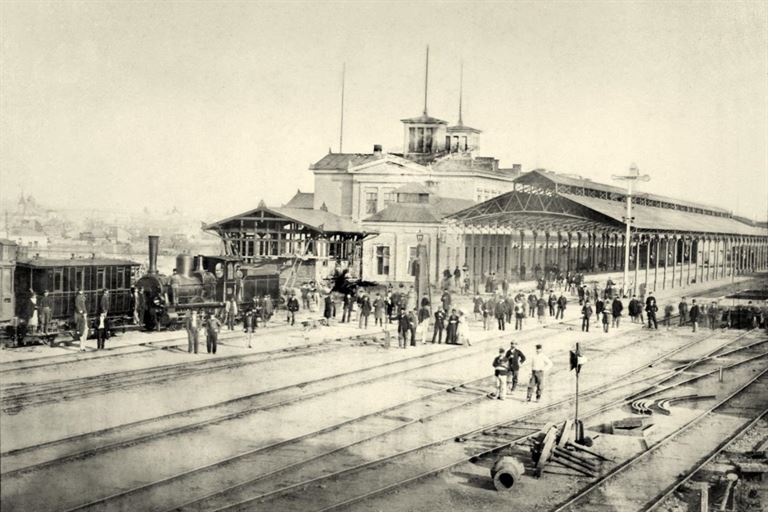
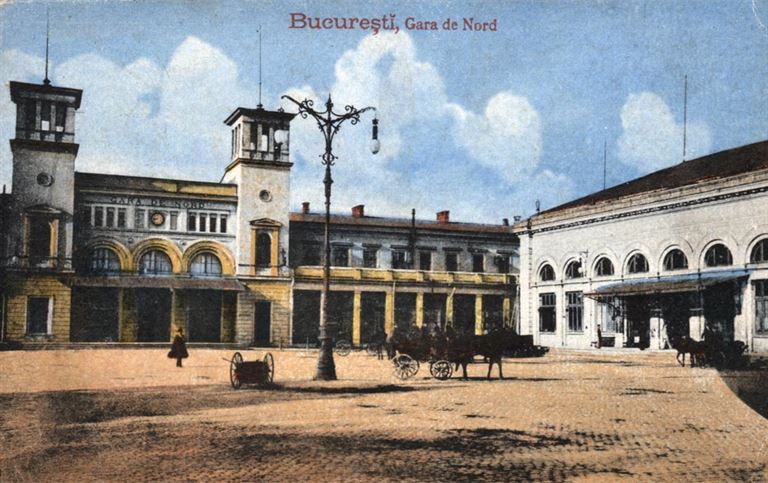
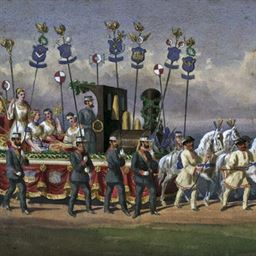
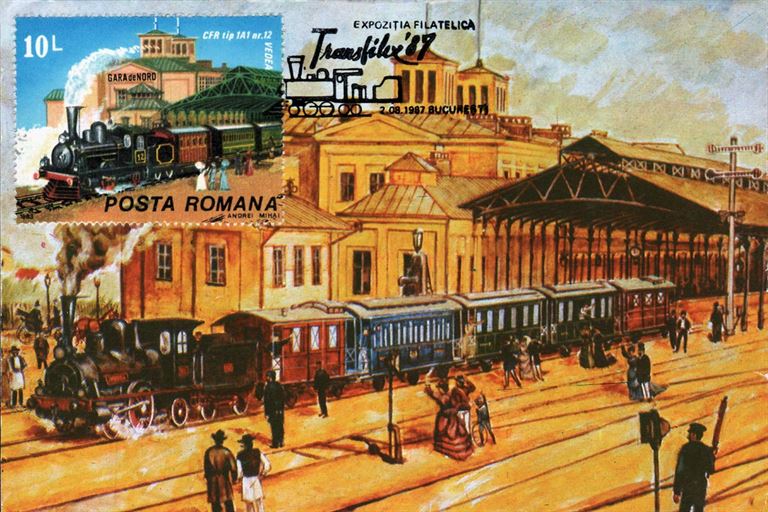

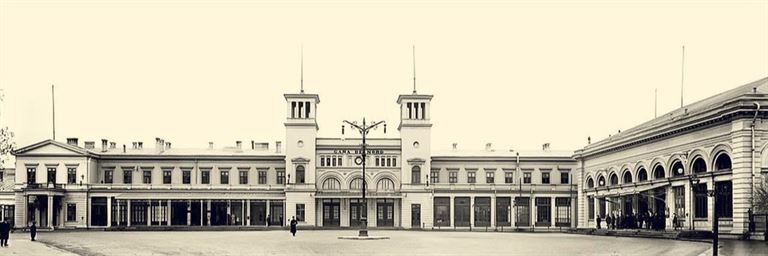

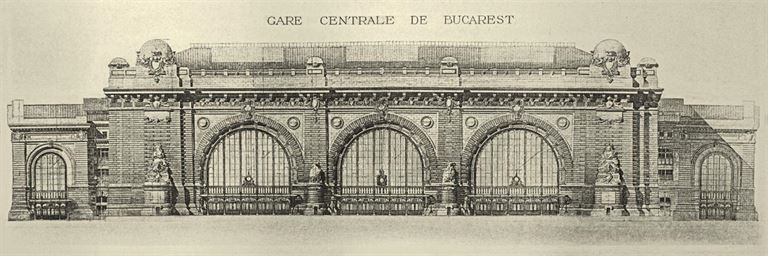



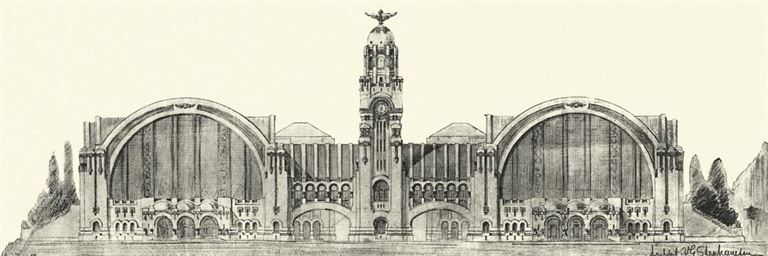
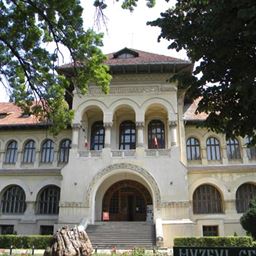
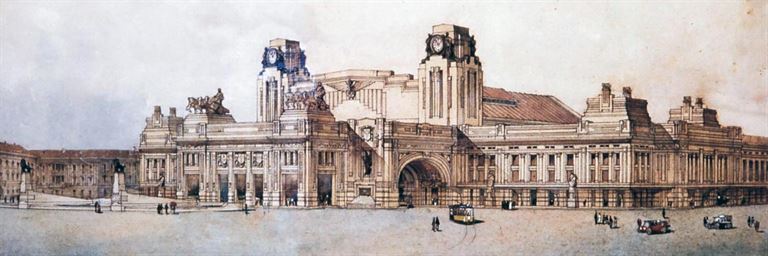
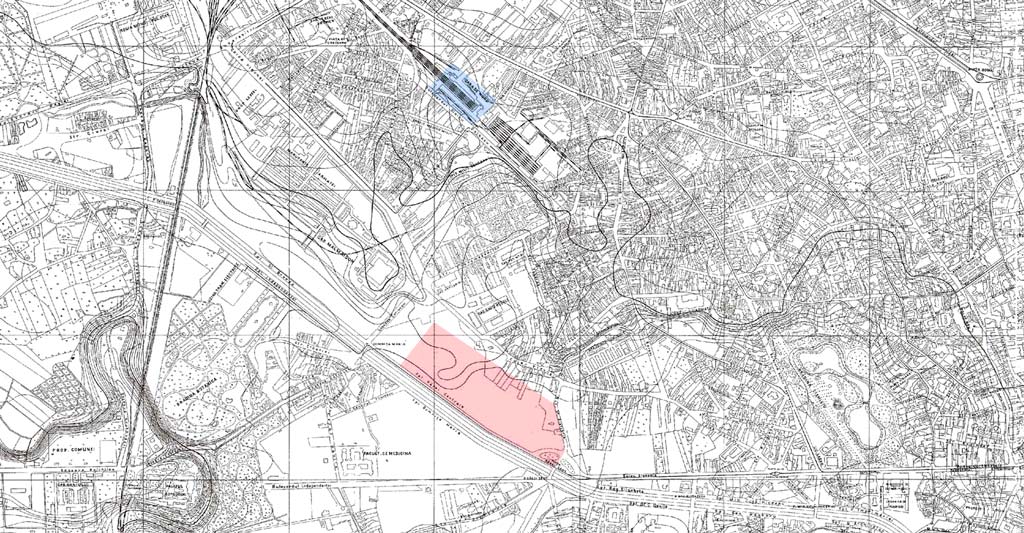
.jpg)
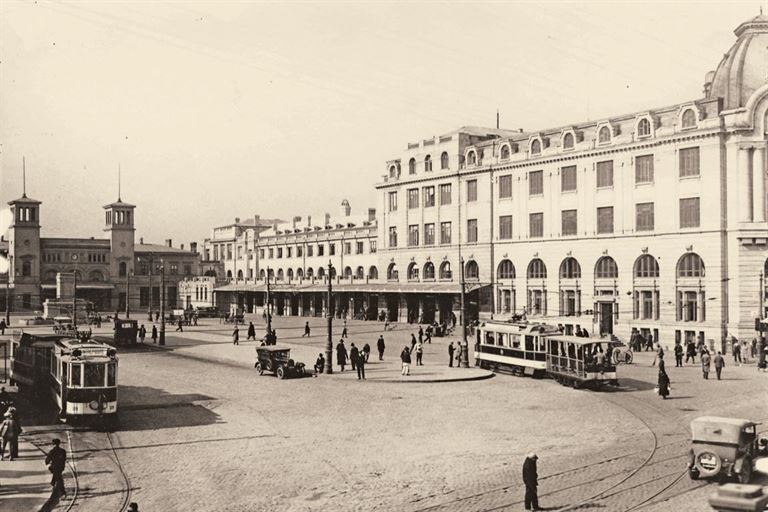
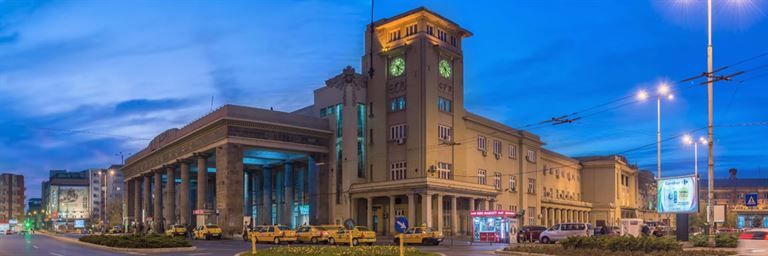

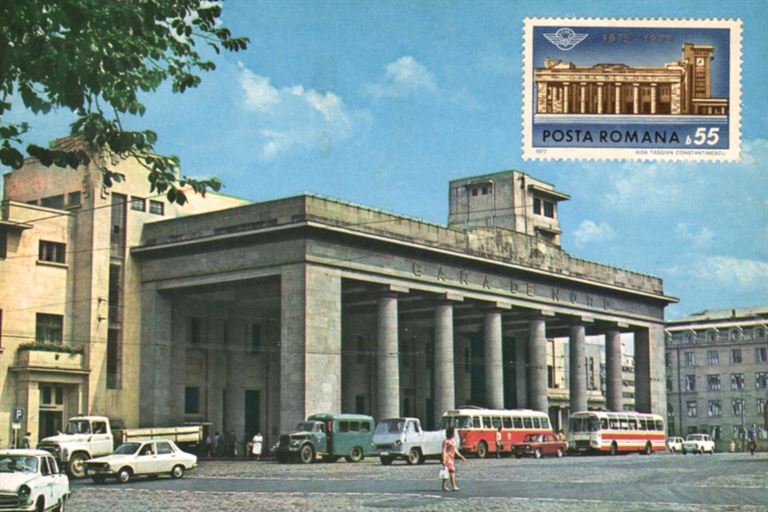
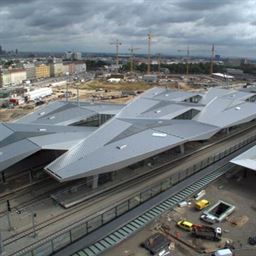













Pentru a putea adăuga comentarii trebuie să fii membru al altmarius !
Alătură-te reţelei altmarius